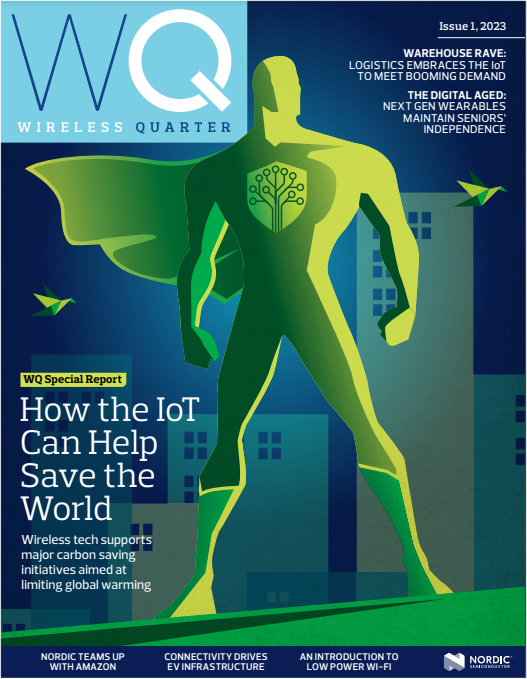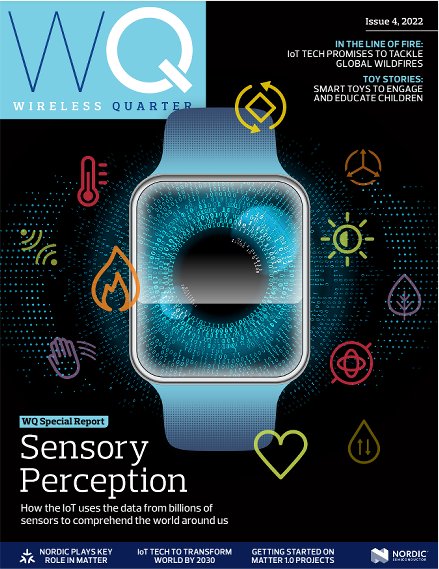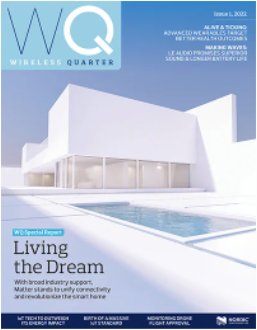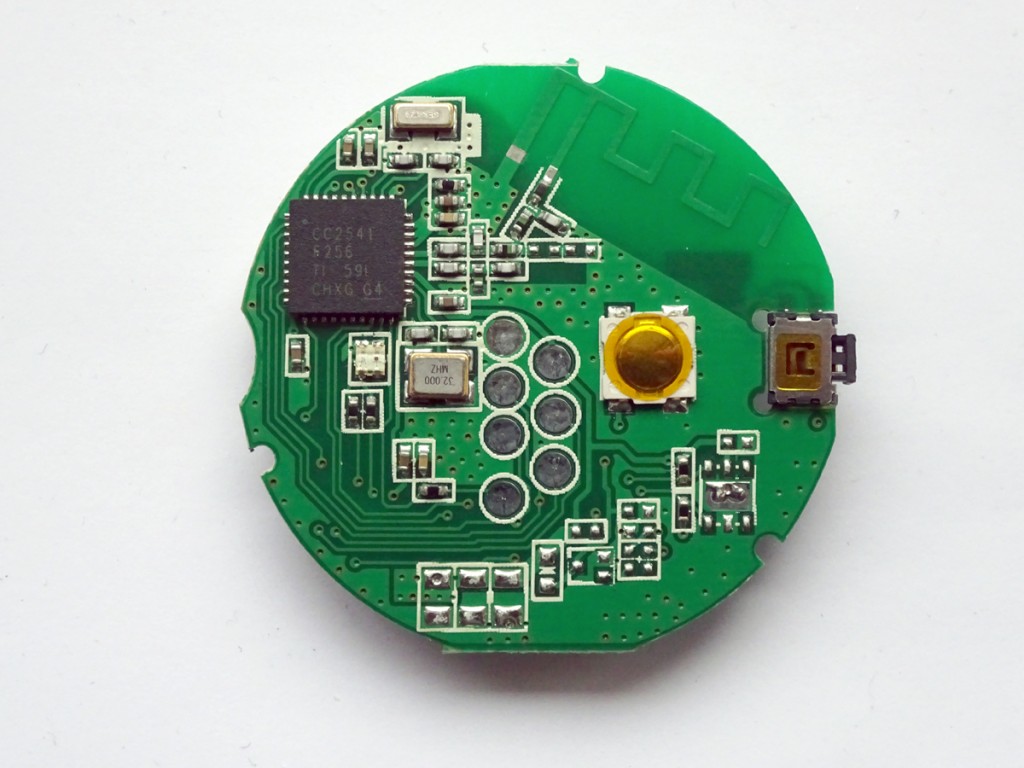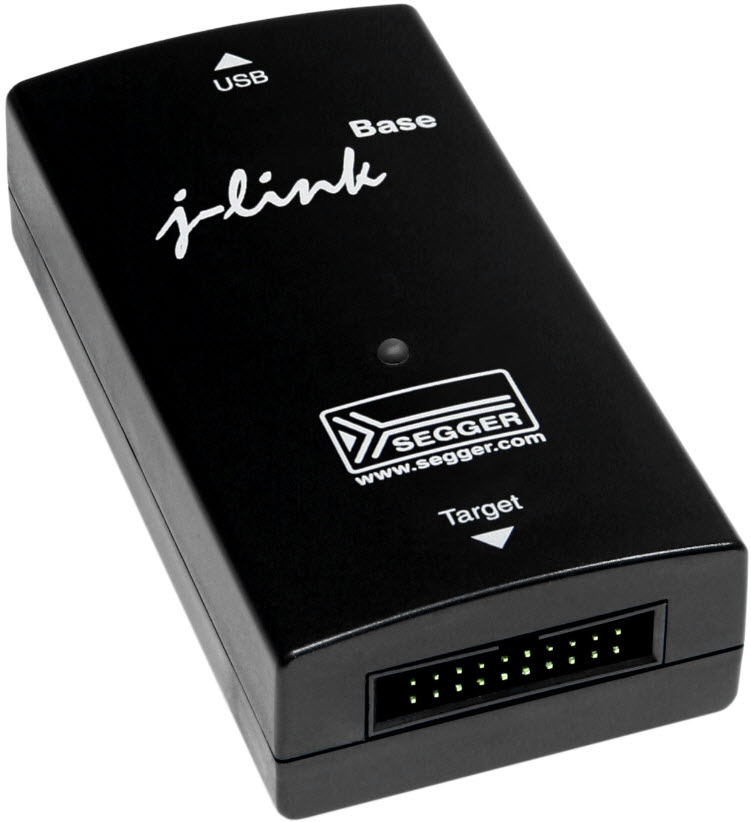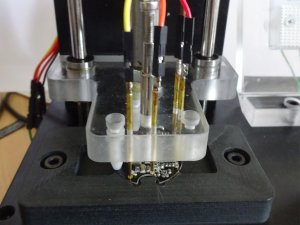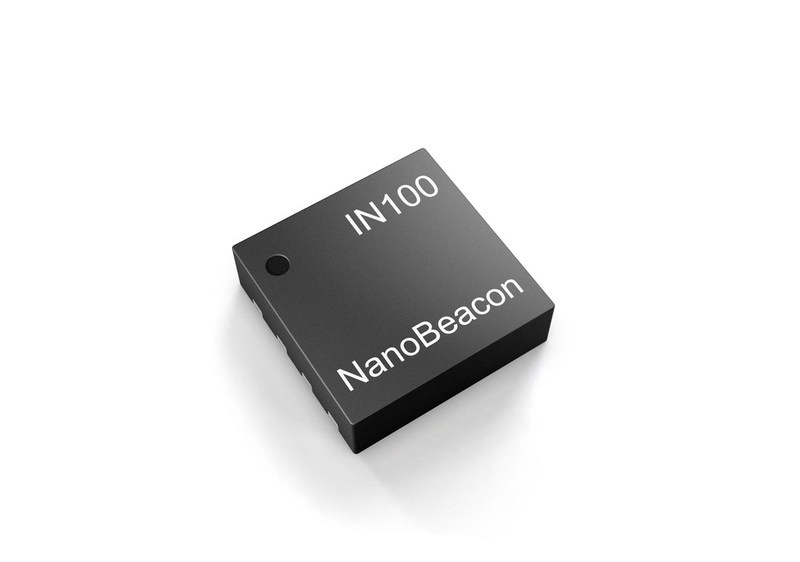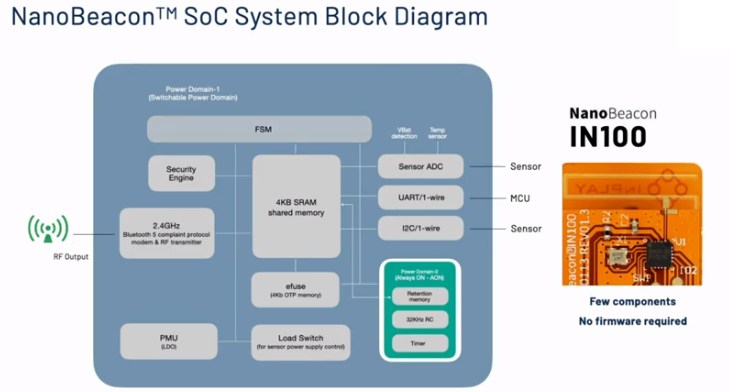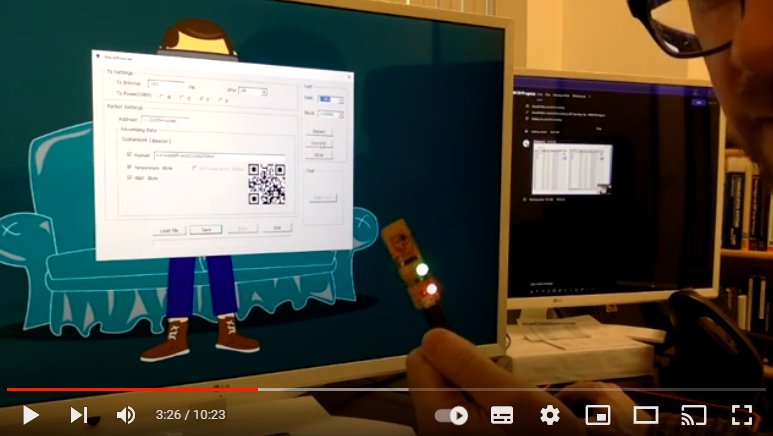Now that some manufacturers have started including NFC in beacons, our customers have started asking about the differences between Beacons and NFC and why NFC is being included.
In proximity detection terms you can think of NFC as being an extension of ‘very near’ in iOS’s ‘near’, ‘far’ and ‘intermediate’ proximity classifications. The range is in the order of cm rather than m. In most applications a ‘near’ beacon or higher value RSSI on Android can perform a similar function as NFC. However, NFC can be made more secure in that it can provide for secure proximity detection in scenarios such as payments. So why have NFC in beacons?
NFC within the context of iBeacons can be used as a complementary technology. For example:
Enhanced Interaction: NFC could be used to provide immediate, zero-setup interaction with an iBeacon for configuration purposes or to trigger specific actions when a user intentionally brings their device close to the beacon. This can be particularly useful in situations where BLE interactions might require more steps or user permissions.
Security and Authentication: NFC’s short range can be advantageous for secure interactions. In scenarios where an iBeacon provides location-based services, NFC could add an additional layer of security by ensuring that certain actions (e.g., payments, access control) are only triggered when the user is very close to the beacon.
Information Retrieval: For cases where iBeacons signify users about something of interest nearby, an NFC tag could provide additional, detailed information or a direct action (like opening a website or downloading an app) without the need for the user to navigate through menus or apps. This could be especially useful in museums, exhibitions, or retail settings where quick information access enhances the visitor experience.
While NFC and iBeacons serve different primary functions, integrating both can lead to innovative applications that leverage the strengths of each technology for enhanced user experiences, particularly in proximity-based interactions and services.



